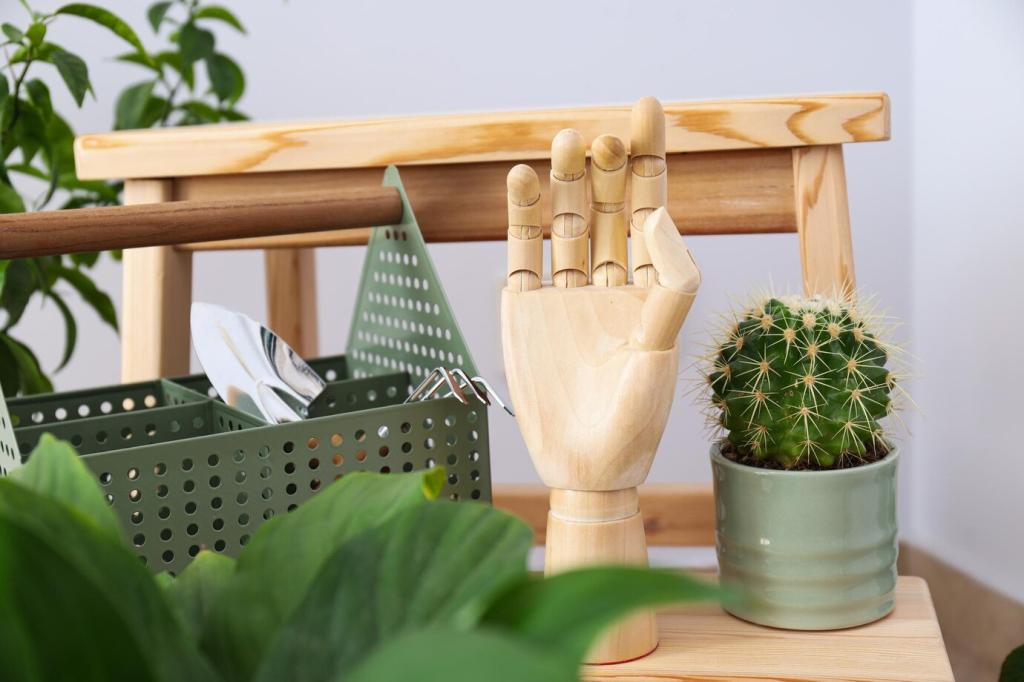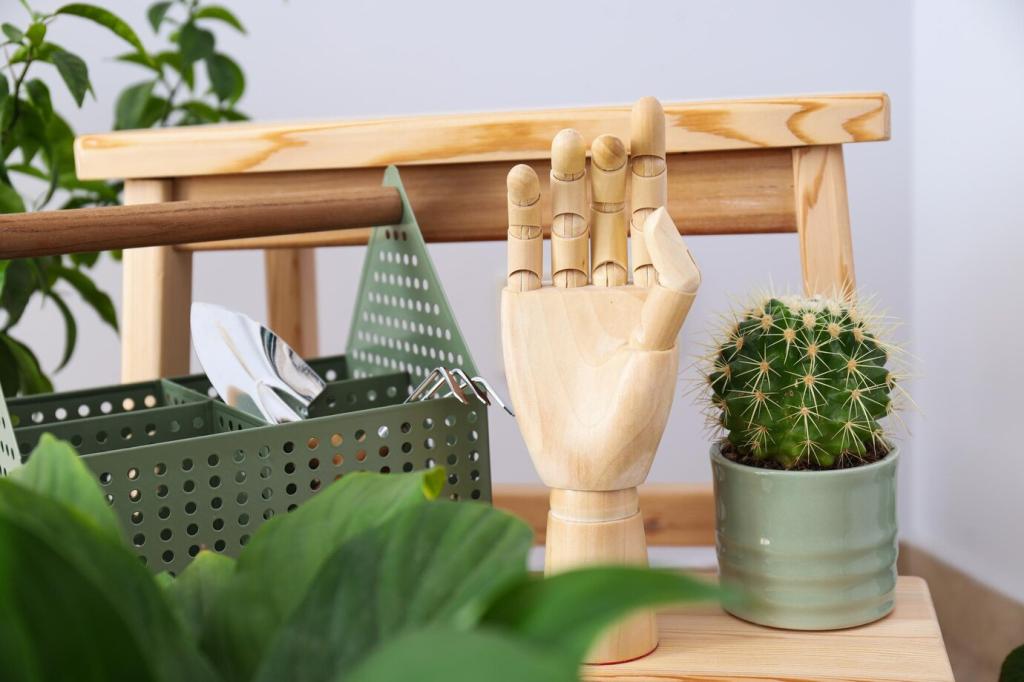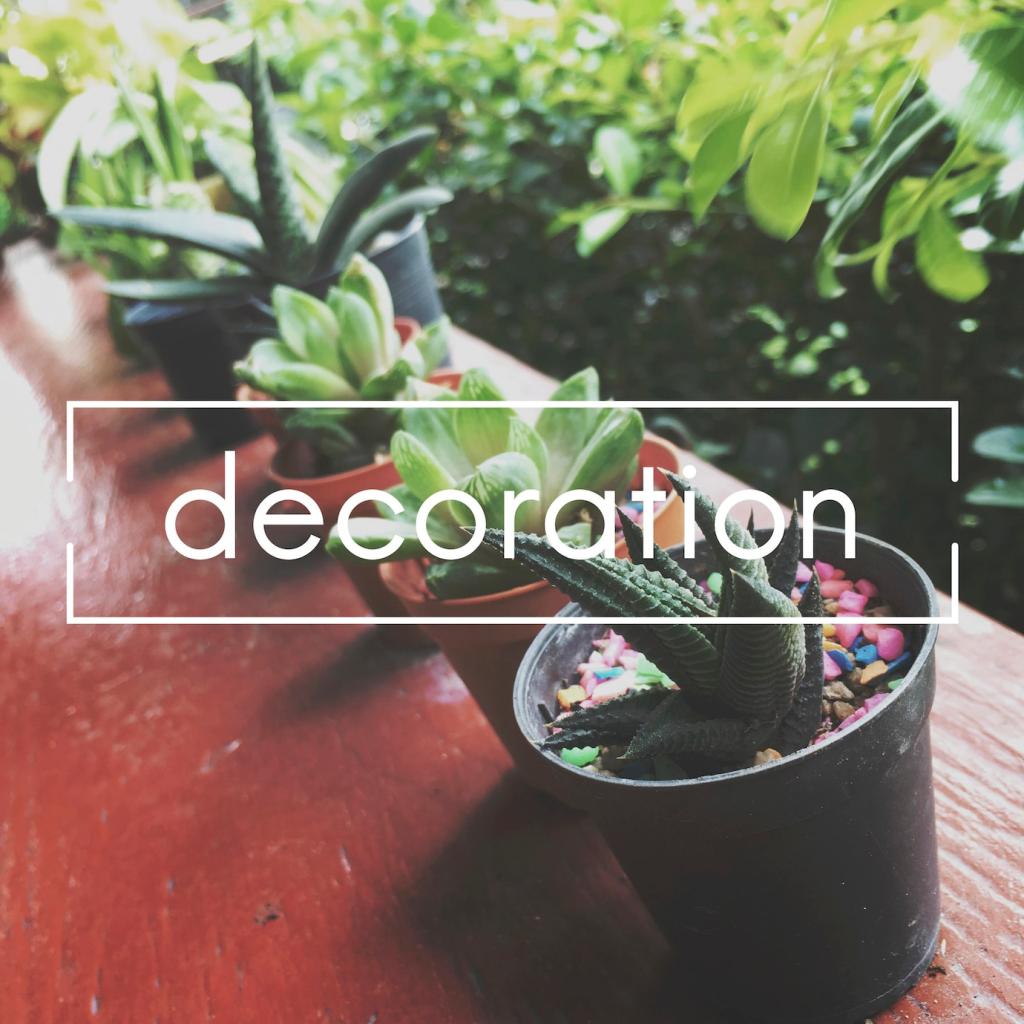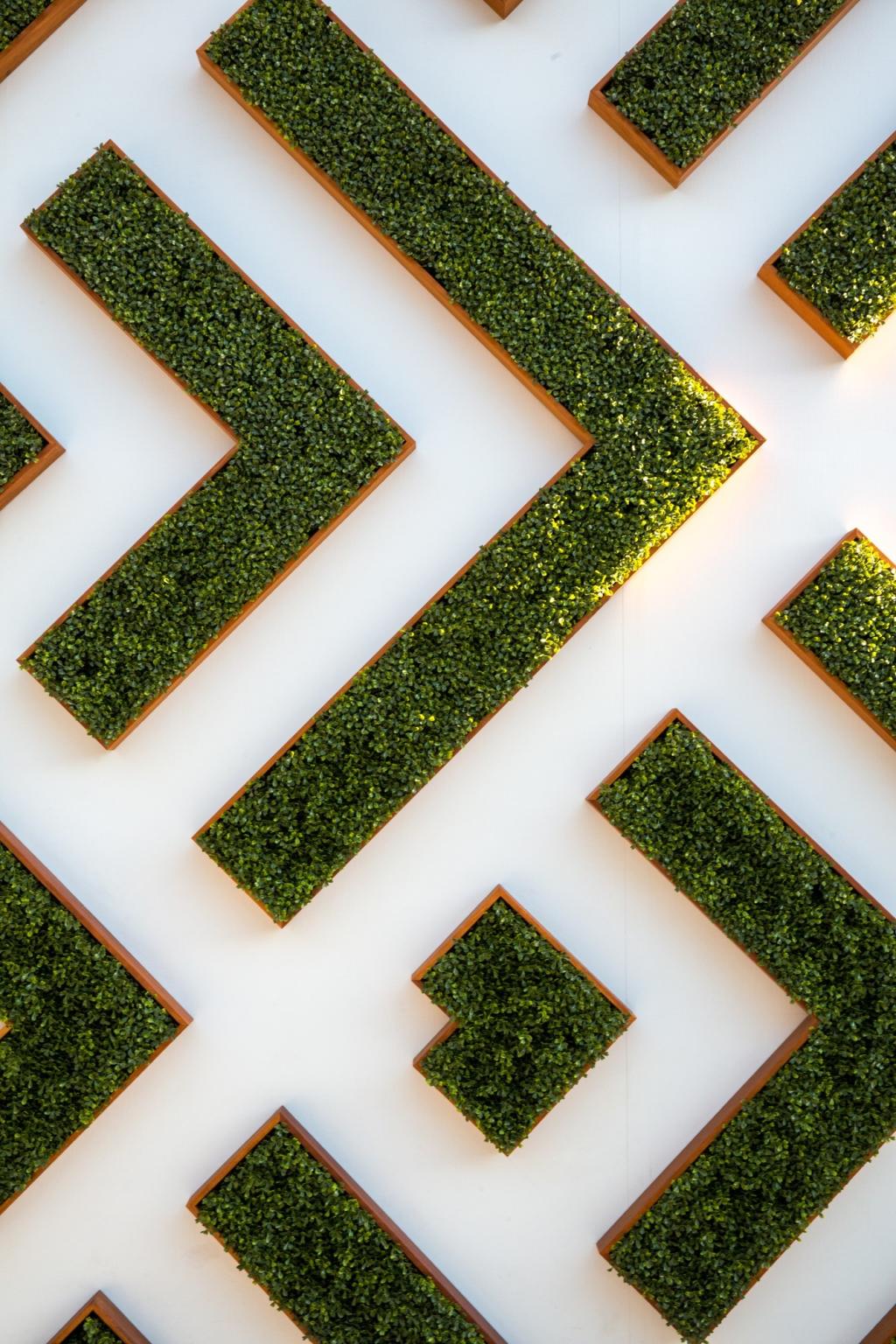Moisture, Mold, and Fire: Building Safe, Vapor-Open Assemblies
Vapor-open, well-detailed walls let moisture migrate safely, preventing hidden condensation. Natural fibers buffer humidity, smoothing peaks during cooking, showers, and seasonal shifts. Readers who added wood fiber sheathing and cellulose reported fewer musty corners and a new steadiness, like the house finally learned to exhale after a storm.
Moisture, Mold, and Fire: Building Safe, Vapor-Open Assemblies
Thoughtful air sealing, flashing, and ventilation come first. Many cellulose products use low-toxicity borates, while wool’s natural lanolin discourages pests. Pair these materials with tidy site practices—clean cavities, controlled leaks, and continuous water management—and you maintain durability without heavy chemical footprints or suspicious smells lingering in your living space.




